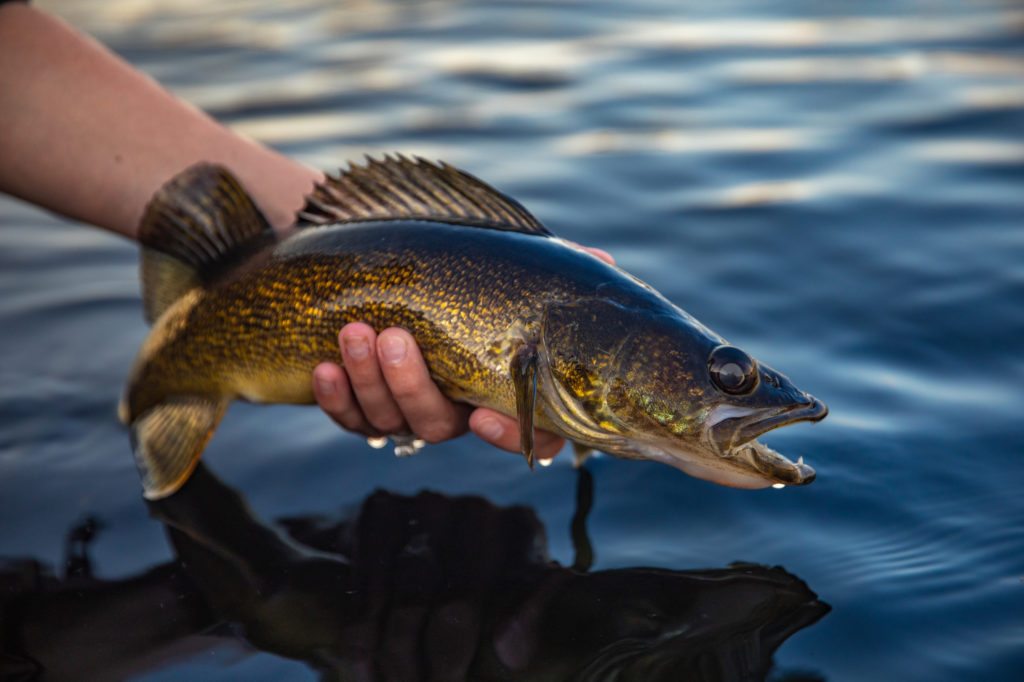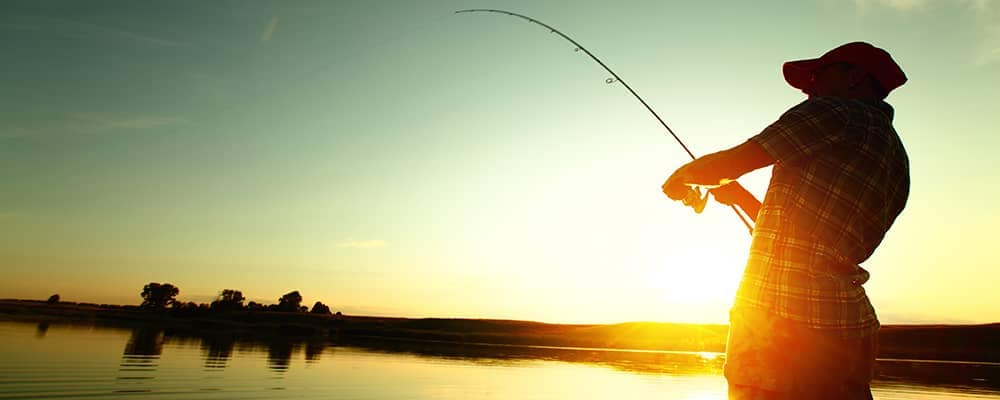LAKE WISCONSIN
COME, ENJOY, STAY!
Anglers come here to target a variety of species including walleye, sauger, largemouth bass, and smallmouth bass. In addition, this lake is also home to northern pike, bluegill, and crappie. You can also find bass during the fall. And if you’re into the smaller species, try your luck on the blue sucker.
Anglers come here to target walleye, sauger, largemouth bass, smallmouth bass, and northern pike
This lake is known for its abundance of walleye and is one of the premier places to catch them in winter. Anglers can access the water from numerous locations, including state and county ramps, restaurants, and resorts. Anglers can target these fish by drifting live shiners or casting jigs. These fish can reach a length of 30 inches and can be considered trophy-size.
The lake is a popular destination for anglers from all over the world, with rules that make it a great destination for anyone looking for a good fishing experience. There are no minimum length requirements, but there is a daily bag limit of five fish. Anglers can access the lake from a state boat ramp on County Highway K or from town ramps on Victory Heights Circle and Courte Oreilles Lake Drive.

They also target largemouth bass in the fall
If you’re planning a fall fishing trip, you can target largemouth bass in the lake’s shallows. The deepest water is still about six feet deep, and bass will be attracted to the thickest vegetation and banks in the shallows. Deep dive crankbaits and soft plastic worms are excellent presentations for these fish. Alternatively, a jig tipped with a soft plastic is effective, as is a drop-shot rig.
Largemouth bass are influenced by various factors, including water temperature and the time of day. When the water temperature increases, bass will migrate to the shallowest water, where they will spawn. The shallowest parts of large lakes will warm the fastest, and bass will move shallower earlier than clear waters. They will also move shallower if the water is stained. Protected coves and northern sections of large lakes will hold warmer water for longer, so bass will not be attracted to the cooler parts of the lake.
They target walleye in the fall
The fall season brings with it many benefits for anglers seeking large numbers of walleye. Lake temperatures are cooling, the daylight hours are shorter, and the fish are actively feeding. This is the time of year to use more aggressive lures. Jigging Raps, for instance, are excellent choices for targeting large walleyes.
Fall fishing on Lake Wisconsin can be very rewarding. Walleyes are more concentrated and harder to locate, making it one of the best times to catch these fish. Keeping a log of the number of walleyes that you catch will allow you to identify patterns that will help you catch more fish during this time of the year.
They target largemouth bass in the spring
After the ice melts in the spring, largemouth bass will begin to move into the shallower water. They will feed and build up energy to spawn. Structures in shallow water can also be important staging areas for pre-spawn bass. Jigs and lipless crankbaits can be very effective lures. Casting slowly across the bottom is another effective technique. During the spawning process, largemouth bass exhibit many behaviors that are different from each other.
The productive depth varies from lake to lake, but it is generally 15 to 20 feet deep in clear water. Early in the morning, bass will move into the shallow areas that border weed beds. Using a spinnerbait or crankbait is a great way to lure these bass in the early morning.

They target sauger in the spring
Unlike walleye, which tend to prefer warm water, sauger will bite in chilly, shallow water. They’re typically found at the bottom of the Ottawa River, in shallow lakes, and in slow-moving bodies of water. The best technique for catching sauger is to fish with a vertical jig, which should be a large, heavy, and soft plastic lure tipped with a minnow. The minnow will attract sauger to the lure, and the heavy jig will sink deep in the water and won’t get buffeted by the current.
Walleye fishing regulations vary depending on where you fish, but they’re generally the same. If you’re targeting sauger, you’ll want to fish from 12 to 14 feet deep. If you’re fishing near shore, try crankbaits and crawler harnesses. Jigs tipped with shiners are also a great way to catch sauger.

